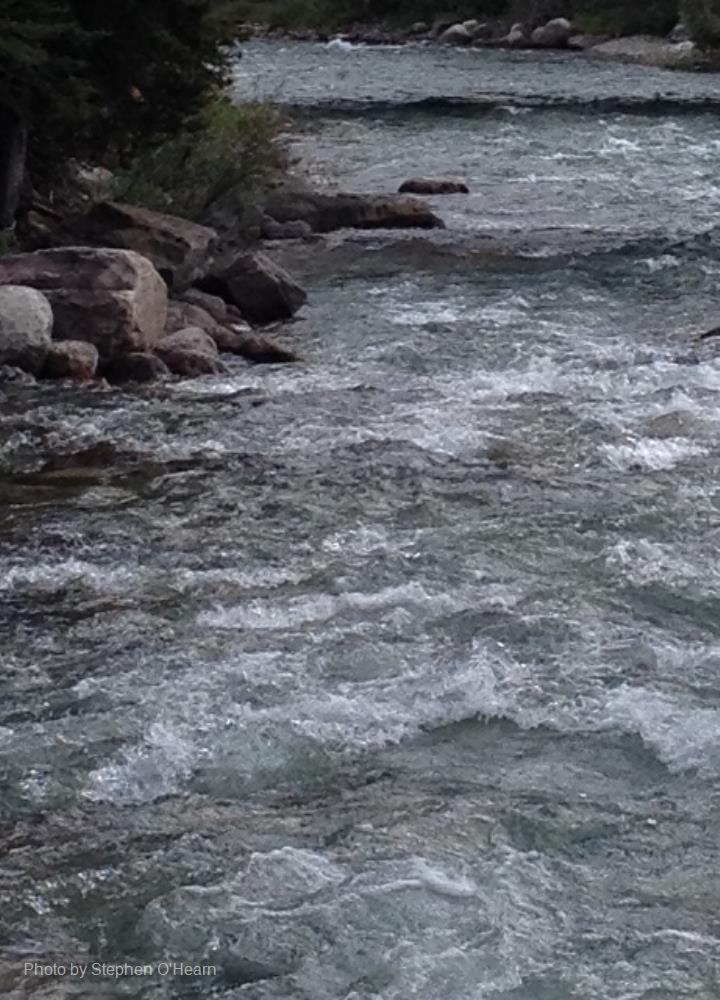
Related items loading ...
Section 1: Overview
Name of Research Project
|
Related Project
|
Part
|
|
GWF-IMPC: Integrated Modelling Program for Canada
|
|
|
|
|
|
|
|
|
|
|
|
|
|
Dataset Title
Raw data and video outputs from a CE-QUAL-W2 hydrodynamic and nutrient model for different Lake Diefenbaker Reservoir withdrawal depth scenarios
Creators
|
Amir Sadeghian | Author | | | University of Saskatchewan |
Meghan Carr | Author | | | University of Saskatchewan |
Karl-Erich Lindenschmidt | Author, Point of Contact | karl-erich.lindenschmidt@usask.ca | | University of Saskatchewan |
Luis Morales-Marin | Author | | | University of Saskatchewan |
Purpose
Dams are typically designed to serve as food protection, provide water for irrigation, human and animal
consumption, and harness hydropower. Despite these benefts, dam operations can have adverse
effects on in-reservoir and downstream water temperature regimes, biogeochemical cycling and
aquatic ecosystems. We present a water quality dataset of water withdrawal scenarios generated after
implementing the 2D hydrodynamic and water quality model, CE-QUAL-W2. This dataset intends to
facilitate a broader investigation of in-reservoir nutrient dynamics under dam operations, and to extend
the understanding of reservoir nutrient dynamics globally.
Abstract
The Lake Diefenbaker CE-QUAL-W2 model has 87 horizontal segments starting at Saskatchewan highway 4 at the upstream extending to the Gardiner Dam and the Qu'Appelle Dam at downstream, and one-meter vertical layers with a maximum of 60 layers at the deepest point near the Gardiner Dam. Gardiner dam outflow is either via metalimnetic withdrawal through hydroelectric turbines or via a spillway during brief high flow periods. The current operational withdrawal depth of approximately 34m was altered in the model according to six extraction depth scenarios (5, 15, 25, 35, 45, and 55 m) to determine impacts on nutrient distribution and concentrations within the reservoir. The model is calibrated for water temperature, PO4, organic P, TN , NH4, NO3, organic N, and dissolved oxygen.
Keywords
|
water quality |
reservoir |
dam withdrawal |
CE-QUAL-W2 |
Lake Diefenbaker |
Citations
Sadeghian, A., Carr, M., Lindenschmidt, Karl-Erich, Morales-Marin, L. (2019). Raw data and video outputs from a CE-QUAL-W2 hydrodynamic and nutrient model for different Lake Diefenbaker Reservoir withdrawal depth scenarios [Dataset]. Federated Research Data Repository.
https://doi.org/10.20383/101.0134 .
Lindenschmidt, K.-E., Carr, M. K., Sadeghian, A., Morales-Marin, L. (2019). CE-QUAL-W2 model of dam outfow elevation impact on temperature, dissolved oxygen and nutrients in a reservoir. Sci. Data 6, 312.
https://doi.org/10.1038/s41597-019-0316-y .
Section 3: Status
Dataset Version
1
Dataset Creation Date
2019-02-21
Status of data collection/production
Dataset Completion or Abandonment Date
2019-02-21
Creation Software
|
CE-QUAL-W2 | 3.72 | .opt |
MATLAB | | .mat |
| | |
| | |
Total Size of all Dataset Files (GB)
10.2
Notes
Section 5: Download Links
Download Links and/or Instructions
Do these data have access restrictions


 GWFNet
GWFNet Master
Master Data
Data Research
Research Map
Map
 Advanced
Advanced Tools
Tools
 . . .
. . .
 Metadata Editor
Metadata Editor
 Record List
Record List
 Alias List Editor
Alias List Editor
 Legacy sites
Legacy sites